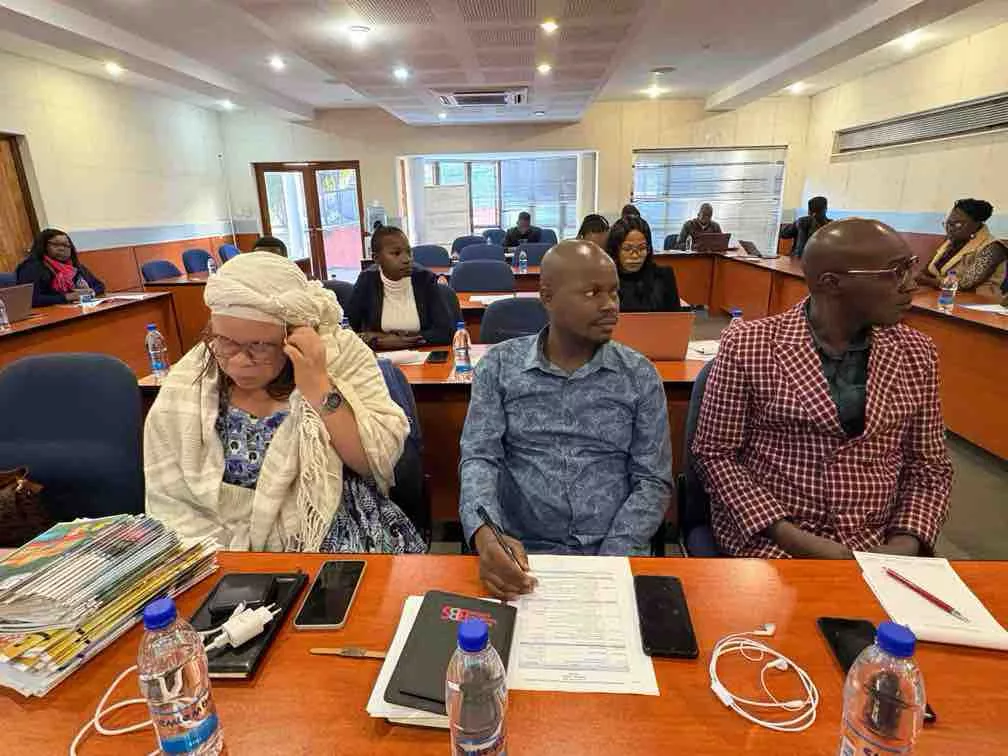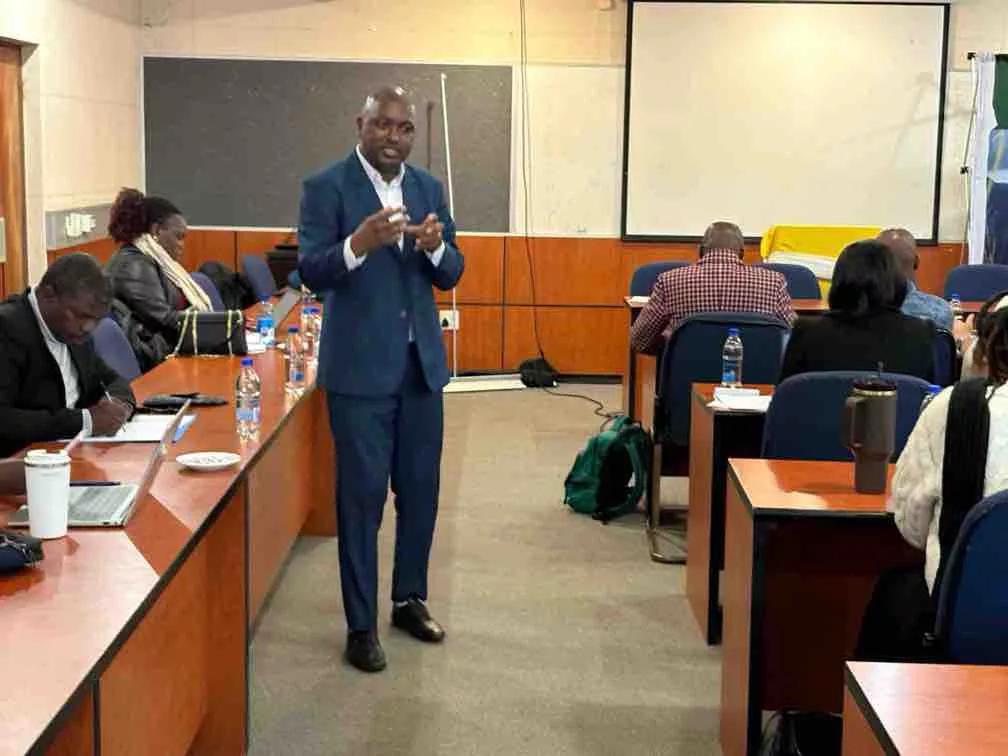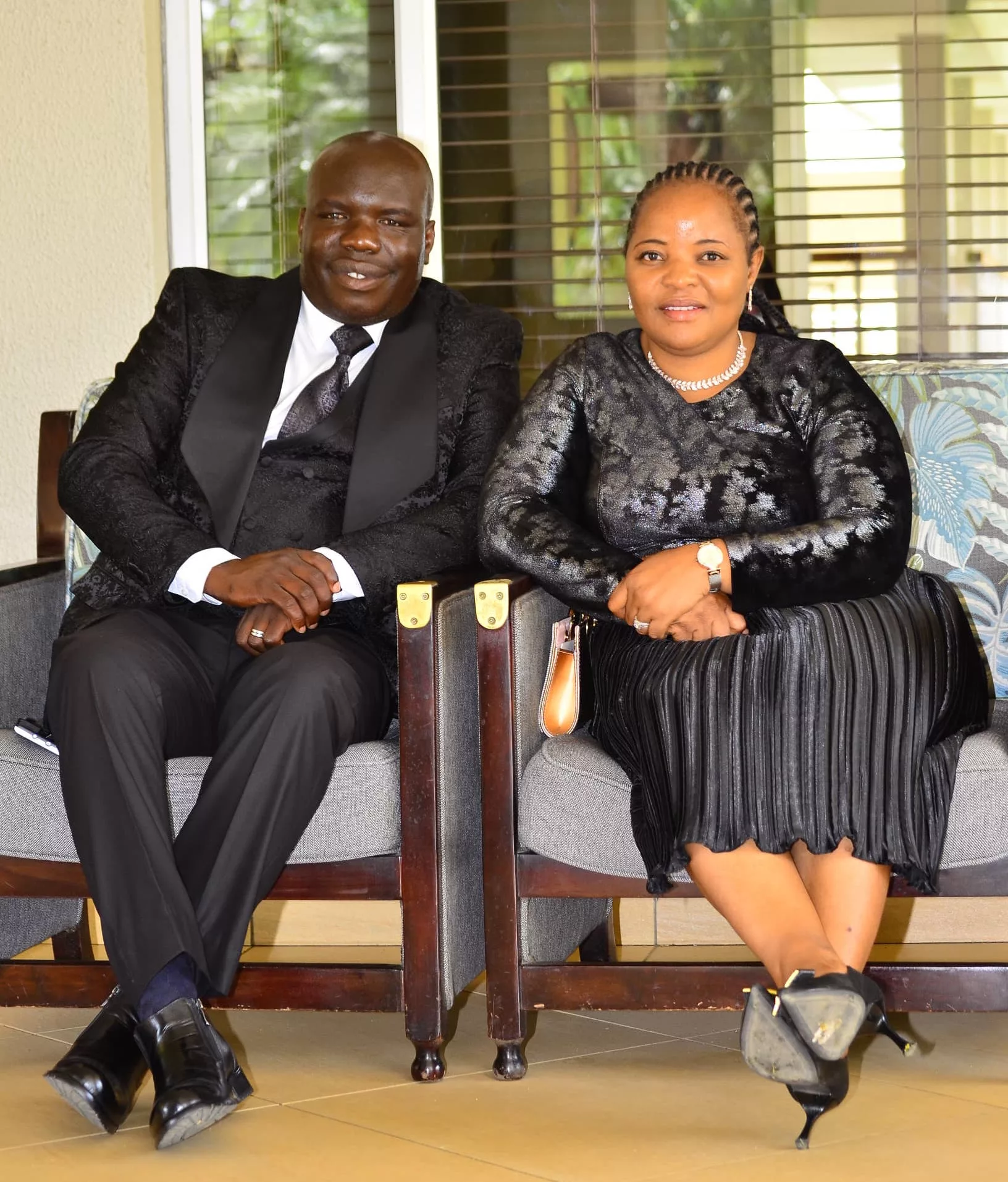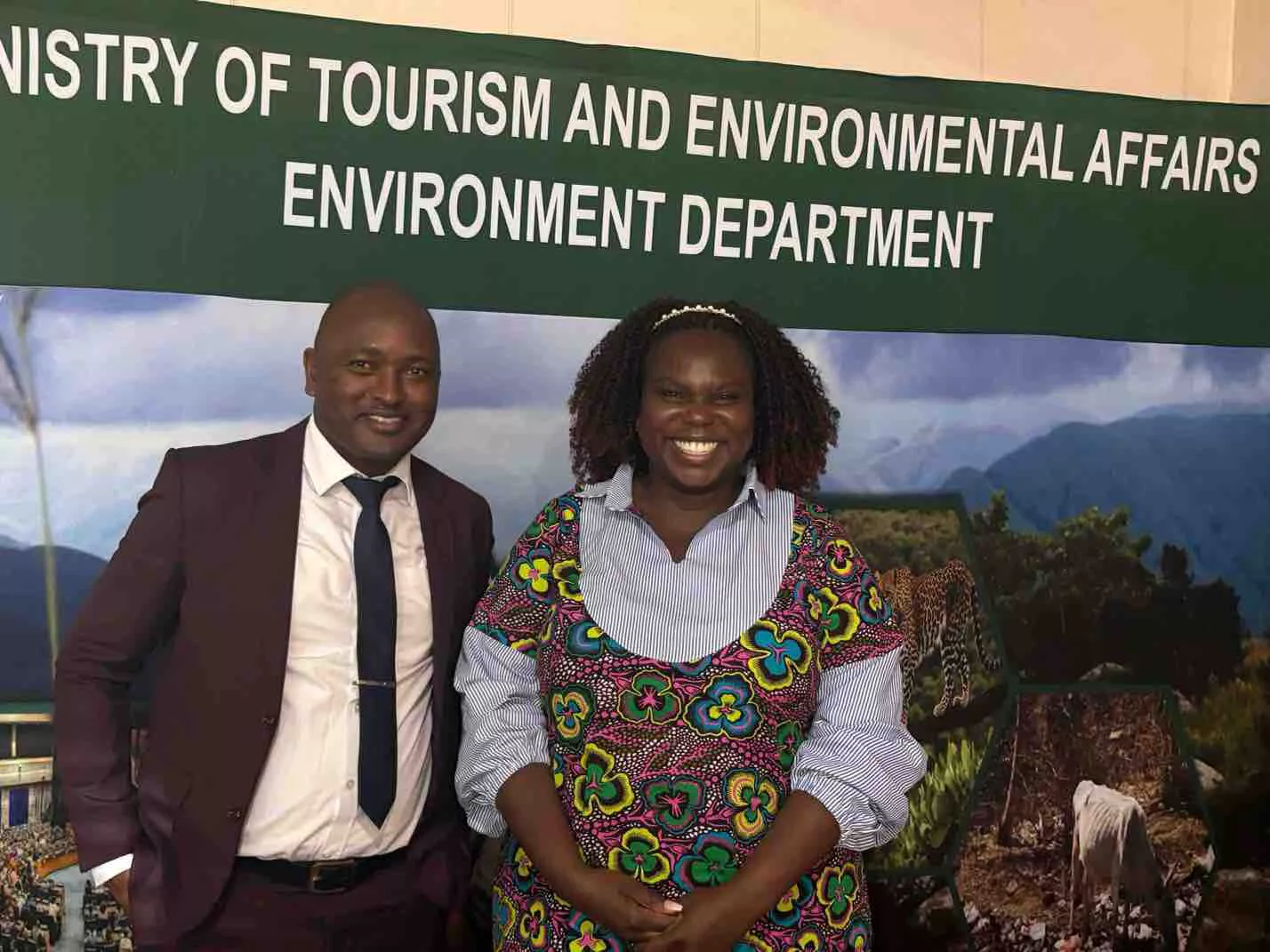|
Getting your Trinity Audio player ready...
|
As Zimbabwe is hosting the SADC Transfrontier Conservation Areas (TFCAs) Summit from 19–23 May 2025 at the Harare International Conference Centre (HICC) Zimbabwe, non-state actors have outlined their expectations under the initiative.
The summit is under the theme “25 Years of Cooperation for Regional Integration and Sustainable Development.” Leaders and experts will come together to celebrate a quarter-century of safeguarding biodiversity, enhancing ecological connectivity, empowering local communities, and fostering peace across borders. Members organizations drawn from Climate Action Network Zimbabwe, Zimbabwe Biodiversity Network and Southern Africa Region Climate Action Network are among the non-state actors participating in the summit.
Climate Action Network Zimbabwe (CANZIM) members are advocating for stronger legal frameworks, community involvement, increased funding for conservation projects, climate change adaptation, and transparency in governance. They believe that these changes will enhance biodiversity conservation and promote sustainable livelihoods for local communities. CANZIM calls for increased financial support from SADC member states and international partners. Lastly, CANZIM emphasizes the importance of regular reporting and accountability mechanisms to ensure effective conservation goals are met.
Wellington Madumira, national coordinator for Climate Action Network Zimbabwe said that the Southern African Development Community (SADC) region’s Transfrontier Conservation Areas (TFCAs) present unique opportunities for biodiversity conservation and community development. However, trade barriers such as limited access to resources, regulatory constraints, inadequate infrastructure, and cultural differences hinder trade. To overcome these challenges, community engagement strategies including stakeholder involvement, capacity building, and participatory planning are important. Benefits-sharing mechanisms include equitable profit distribution, community trust funds, and conservation incentives also play critical roles in wildlife conservation.
Shepard Zvigadza, the Regional Coordinator for Southern Africa Climate Action Network (SARCAN) said that to address human-wildlife conflict: community engagement, preventive measures like fencing and crop protection, sustainable practices like land use planning and agroforestry, conflict mitigation through compensation programs and rapid response teams, research and monitoring to understand conflict patterns, and implementing legal frameworks to protect wildlife and human interests can help to promote coexistence and reduce conflict.
Integrating land use planning and conflict management for human-wildlife conflicts involves stakeholder engagement, data collection and analysis, zoning and land use planning, conflict mitigation strategies, education and awareness, regular assessments, adaptive management, and policy development. Involving local communities, collaborating with government agencies, NGOs, and wildlife experts, and implementing data-driven strategies, communities can effectively manage conflicts and promote sustainable coexistence. This approach also includes establishing buffer zones, implementing land use policies, promoting community-based solutions, and establishing wildlife corridors.
The policy framework for community engagement in law enforcement focuses on integrating community rights and responsibilities into conservation efforts, recognizing traditional leaders and customary law. It includes collaborative governance, legal recognition, community training centers, communication systems, and resource allocation. Community engagement strategies include participatory workshops, incentive programs, and traditional leadership involvement. Monitoring and evaluation involve feedback mechanisms, impact assessments, and collaboration with regional bodies like SADC. Cross-border initiatives promote a sense of ownership and responsibility towards natural resources. This approach fosters a cooperative and sustainable approach to conservation, particularly in transfrontier conservation areas.
Knowledge Vingi, the Director of Zimbabwe Biodiversity Network, added that Sustainable financing in transfrontier conservation areas (TFCAs) in the Southern African Development Community (SADC) can be achieved through various strategies. These include Community-Based Natural Resource Management (CBNRM), ecotourism development, conservation trust funds, public-private partnerships, innovative financing mechanisms like Payment for Ecosystem Services (PES), green bonds and climate finance, capacity building and education, and regular monitoring and evaluation.
These strategies empower local communities, allocate revenue to conservation efforts, promote eco-tourism, establish trust funds, engage the private sector, and leverage innovative financing mechanisms like Green Bonds and Climate Finance.
In conclusion, Mr Vingi said that by integrating these strategies, conservation efforts can be more effective and socially equitable.






